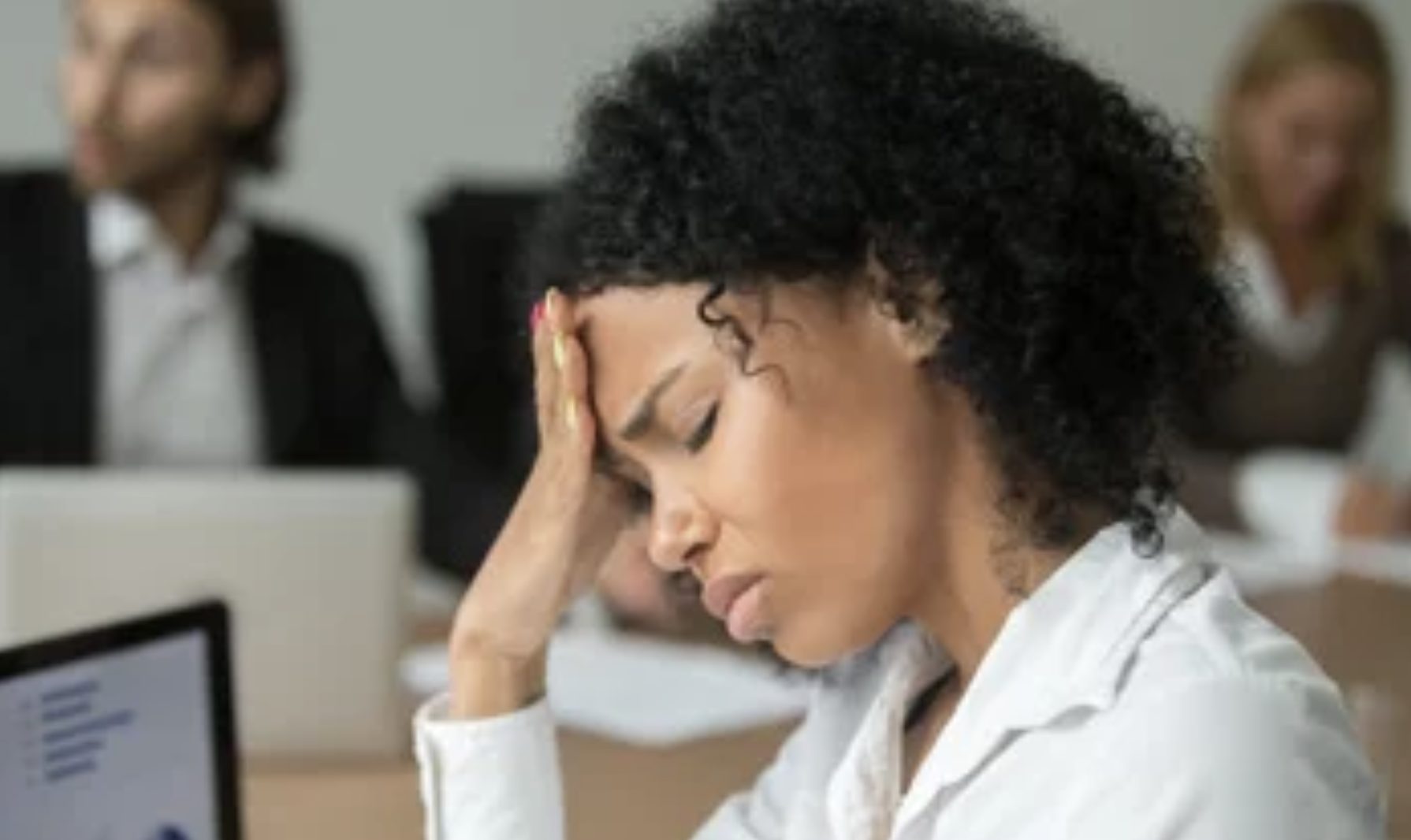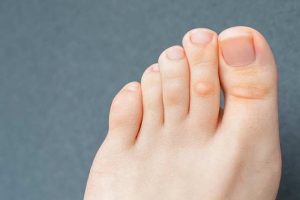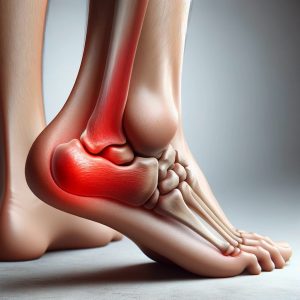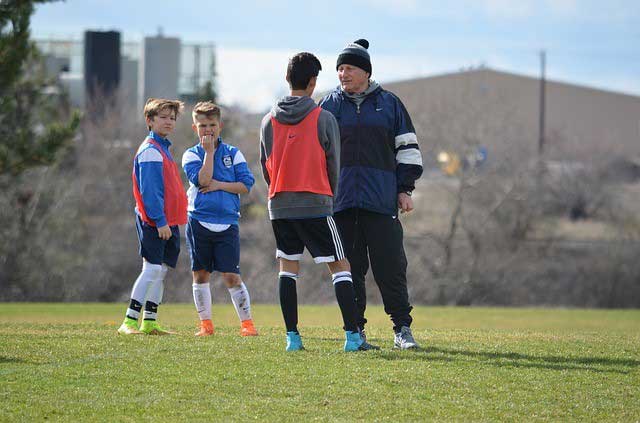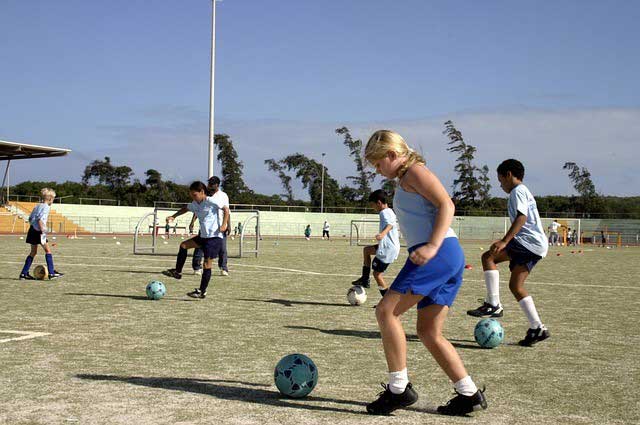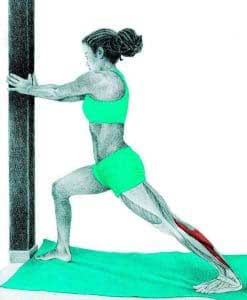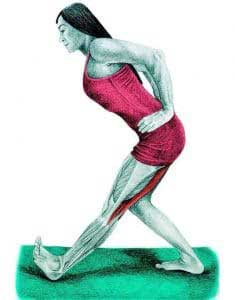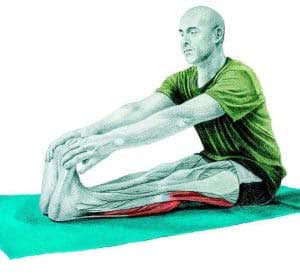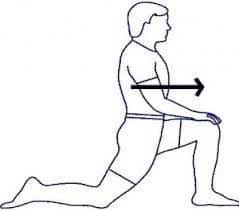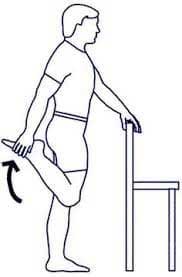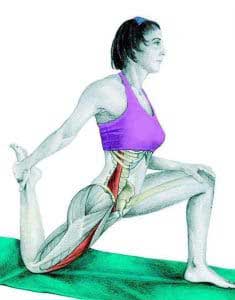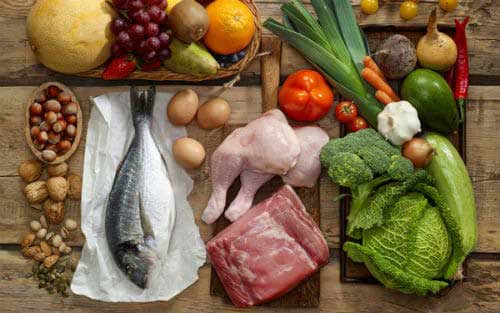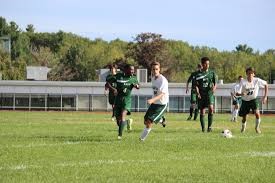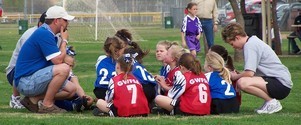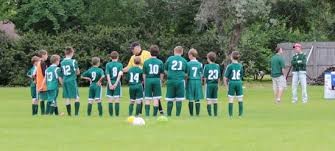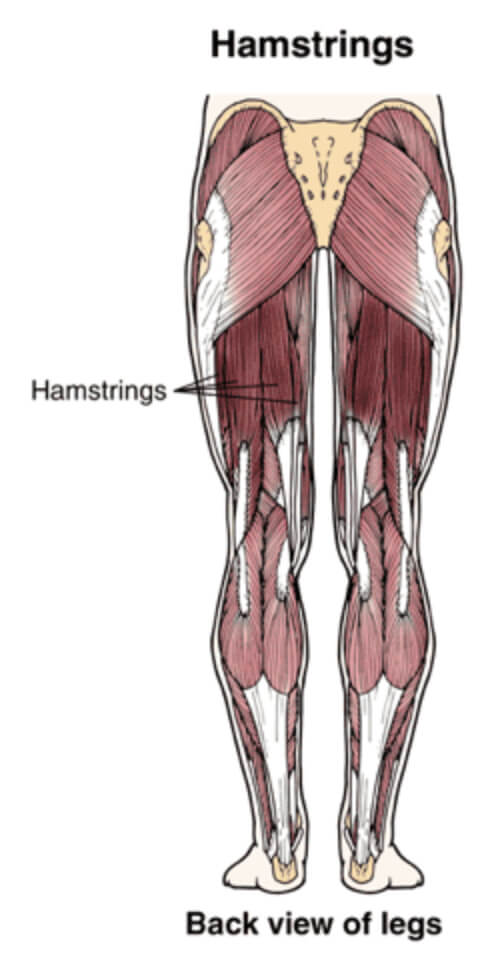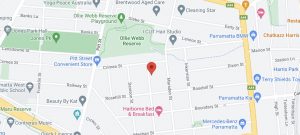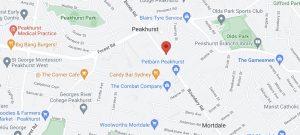How Stress can lead to Muscular tension
Stress and anxiety may originate in the mind, but stress is not just emotional or mental, it is also physical. A heightened state of stress causes your body to release Cortisol. Cortisol is often referred to as the stress hormone. But in reality, your body uses it to mobilise stored energy in case you need to fight or run away really quickly. One of the effects of Cortisol on the body is increased muscular tension.
In today’s modern world, stress isn’t always life-threatening. It’s often related to work, family or unexpected events. That’s why your muscles feel tense when something stresses you out. Prolonged, chronic stress contributes to many health issues, including obesity, back pain and headaches.
Back pain and headaches tag along with muscle tension. The more we hurt, the more we tense our muscles. It’s an unfortunate cycle of reactivity to stress. Understanding the cycle is the first step toward stopping it.
Tension And Impaired Circulation
Blood vessels pass through muscles. Sustained contraction of muscles reduces this blood flow. As a result, less nourishment and oxygen to reach the muscles and surrounding tissue. Lack of oxygen can even cause muscles to spasm. Body wastes, such as uric and lactic acid, accumulate in the compressed tissues, causing further contraction. The Muscle and its surrounding area cannot function and move efficiently. This process can be the beginning of a condition of tissue starvation called ischemia, leading to more pain.
Muscle Tension And Motion
Because muscles and their tendons attach to bones, muscle tension can pull unevenly on bony structures and eventually reduce their motion or change their range. Then, due to a lack of normal range of motion there’s a change in the nervous system, causing muscles and joints to not function as they should.
Cervical Muscle Tension And Headache
When the muscles of the neck become tense from muscle contraction or joint dysfunction, blood and oxygen circulation to the muscle and nerves in that area becomes inadequate. Your neck has joints that move the spine. They are called facet joints. When these joints come under abnormal amounts of mechanical loading (due to muscular tension), they can refer pain to in the neck or parts of the head, triggering headaches.
What You Can Do To Treat Your Headache
Our Sports Medicine Clinic practitioners may be able to assist with reducing your headaches. Unsure what service might help you? Find out the difference between Chiro Vs Osteo Vs Physio. When you visit our clinics, you treatment plan may be:
- Seeing one of our practitioners to assess your condition and come to a proper medical as well as a physical diagnosis for your pain
- The practitioner will then formulate a treatment plan based on the diagnosis that will effectively deal with your pain
- The practitioner will also help you deal with the physical manifestations of stress. Some ways to improve this may relate to your diet, sleep and exercise
- A practitioner will always stay within their scope of practice, so if there is a need for a referral to another therapist, they can help with a referral
If you want to have a chat about your condition, call us today on:
- Parramatta: 02 9890 5844
- Peakhurst: 02 9584 9364
- Contact us
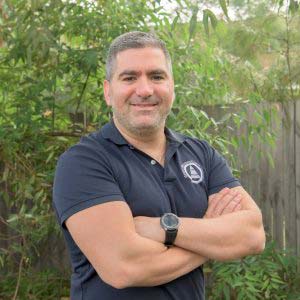
Dr. Sami Karam, Osteopath
I’ve been a qualified Osteopath since 2004. I’ve been playing football ever since I could remember and I have a passion for it. I’ve played at the highest level in the NSW State League at both Youth and Senior levels, and have also been Head Physician at numerous State League Clubs. I’ve travelled internationally and consulted with Sports academies in Barcelona and Italy. I have a special interest in Strength and Conditioning for footballers, as I believe it gives them an edge in their physical competition. My passion involves bringing all of this knowledge into every single treatment that I provide for all athletes. If you feel that I can help you and want to reach out to me, contact me.

